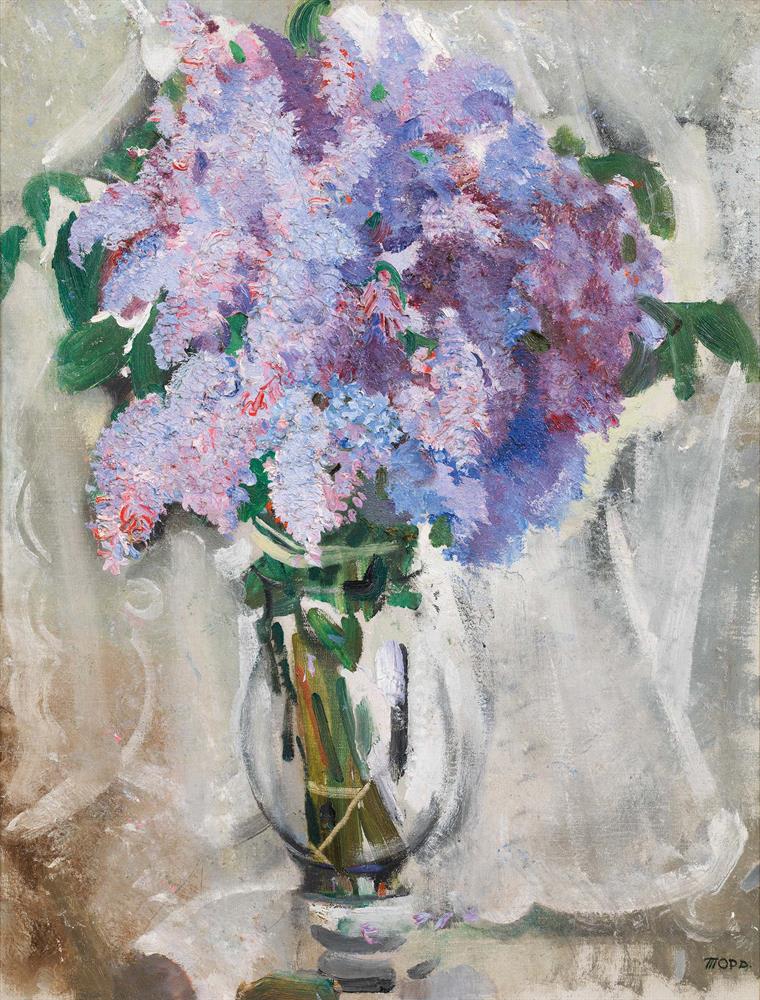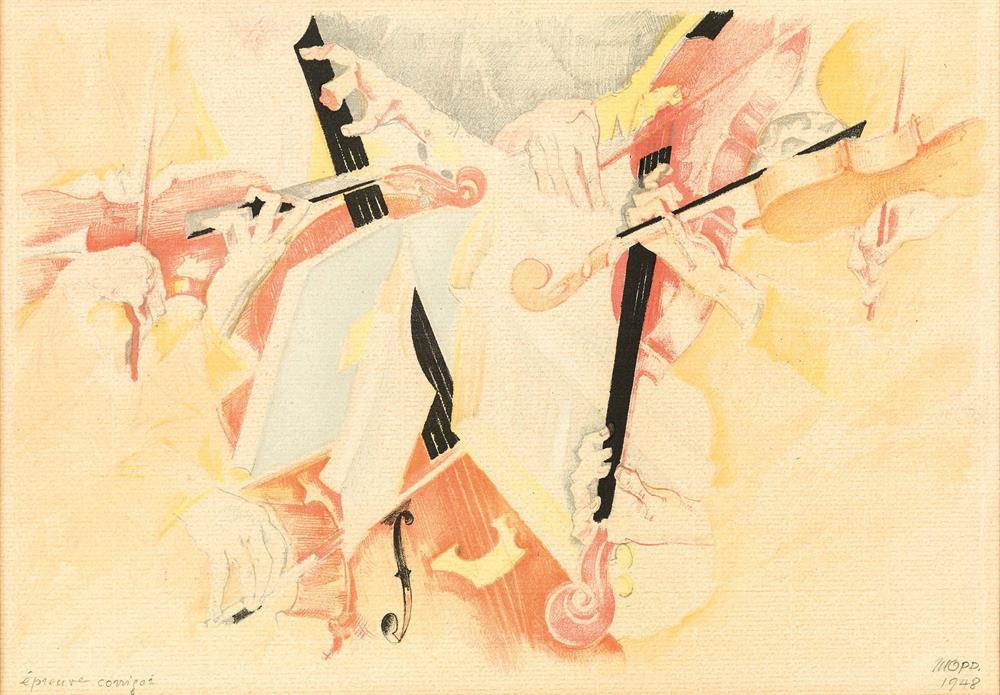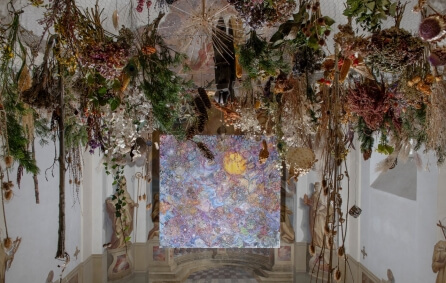
Max Oppenheimer
The following artworks are for sale


Oppenheimer Max Quartet 1948
Biography

Max Oppenheimer, born in Vienna in 1885, was, along with Oskar Kokoschka, one of the central pioneers of Austrian Expressionism and one of the most enigmatic protagonists in the European art scene of the interwar period. He began studying at the Vienna Academy at the age of 15 in his hometown, and continued at the Prague Academy of Arts in 1903. In 1908 he moved back to Vienna and joined the circle of artists around Oskar Kokoschka and Egon Schiele. The encounter with Kokoschka's painting and especially his nervous-psychologizing portraits became decisive for him. As a "shooting star" of the Viennese art scene, Max Oppenheimer was signed in 1911 by the famous German gallery Thannhäuser, which gave him a veritable career in Germany through numerous exhibitions. In 1915, after the outbreak of World War I, he moved to Switzerland, where he worked intermittently until 1924. In the following period, cubistic elements were condensed in his painting and henceforth became a characteristic component of his art. Max Oppenheimer was introduced into the circle of the Dadaists in 1916 and took part in the legendary 1st Dada exhibition in Zurich in the same year. Soon after, he created the famous musician and orchestra scenes. In 1926, the artist moved again to Berlin, where he captured the electrified, nervous urban life and especially music and sporting events of the young Weimar Republic in what are now iconic paintings marked by futuristic dynamism. The increasingly tense economic, political and cultural situation in Germany and the looming "Jewish" defamation of his work prompted Max Oppenheimer to return to Vienna in 1932. Lively exhibition activity - repeatedly at the Vienna Künstlerhaus, the Secession, in Zurich and in Basel - marked this period, which ended abruptly with the annexation of Austria in 1938 and the artist's escape to Switzerland. The following year he emigrated to America, where he attempted a new artistic start under difficult social and economic conditions until his death in 1954. Paintings by Max Oppenheimer can be found today in important museums such as the Leopold Collection, the Belvedere, the mumok Museum of Modern Art Ludwig Foundation Vienna or in the collection of the Austrian National Bank.



